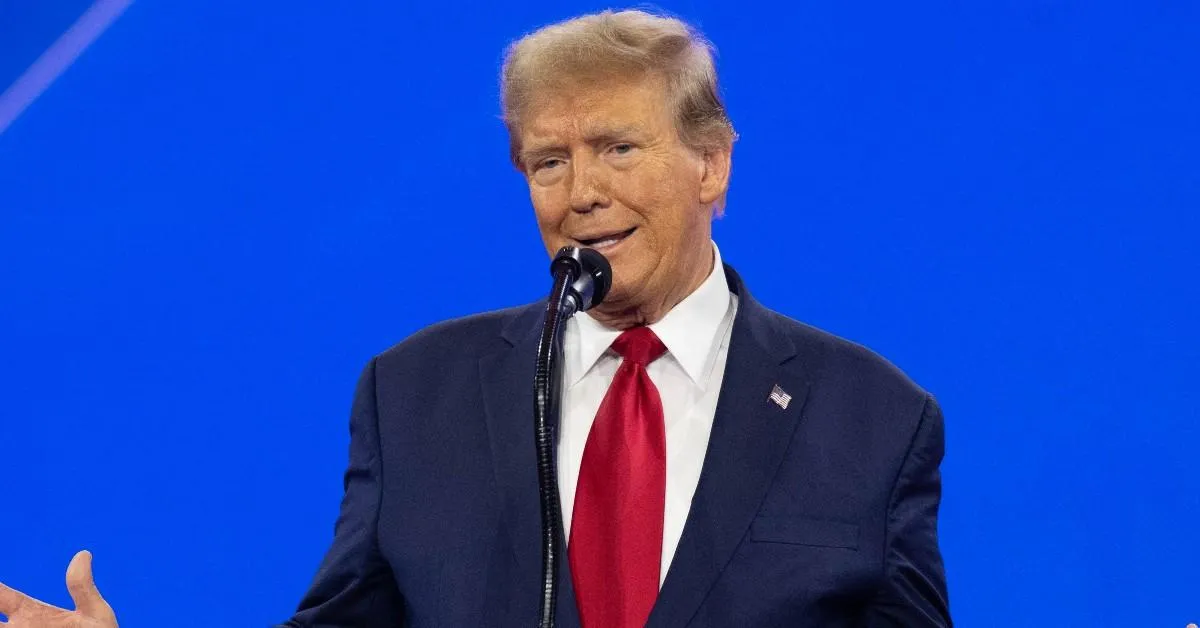Trump’s Bold Policy Plans: What to Expect in His Second Term
As the 2024 presidential election approaches, former President Donald Trump is making headlines with his ambitious policy proposals for a potential second term. With a focus on immigration reform, economic proposals, and trade tariffs, Trump aims to reshape the landscape of American governance. This article delves into the key aspects of his policy agenda, answering the essential questions of who, what, when, where, why, and how.
Who is Behind These Policies?
Donald Trump, the 45th President of the United States, is once again vying for the presidency. His administration from 2017 to 2021 was marked by significant policy shifts, and he is now seeking to build on that foundation. With a strong base of supporters, Trump is positioning himself as a candidate who will prioritize American interests above all else.
What Are Trump’s Key Policy Proposals?
Trump’s policy agenda for a second term is extensive and multifaceted. Here are some of the most notable proposals:
-
Immigration Policy: Trump plans to implement the largest mass deportation program in U.S. history. He aims to complete the border wall and utilize military resources for enforcement. Additionally, he intends to end “catch and release” policies and restore family separations as a deterrent against illegal immigration.
-
Economic Agenda: To combat inflation, Trump has pledged to expand U.S. energy production, including drilling in the Arctic and lifting restrictions on fossil fuel industries. He also aims to cut taxes, proposing to eliminate taxes on tipped income and Social Security payments while extending the 2017 tax cuts.
-
Trade Policies: Trump intends to impose tariffs of 10% to 20% on foreign goods, with even higher tariffs on imports from China. He plans to reinstate an executive order requiring essential medications to be sourced from U.S. companies.
-
Abortion Legislation: While downplaying abortion as a priority, Trump has not ruled out supporting national restrictions on abortion rights following the Supreme Court’s decision to overturn Roe v. Wade. His administration may allow states to regulate abortion without imposing a federal ban.
-
Energy Independence: Emphasizing a “drill, baby, drill” approach, Trump aims to make the U.S. a leading oil and gas producer by reducing regulations and promoting fossil fuel production while opposing renewable energy subsidies.
-
Civil Rights and Social Issues: Trump plans to roll back diversity and inclusion initiatives in government, end protections for transgender students under Title IX, and eliminate federal funding for programs promoting equity in education.
-
Foreign Policy Stance: Criticizing U.S. financial support for Ukraine, Trump promises to resolve the conflict through negotiations within 24 hours. He advocates for reduced U.S. involvement in foreign conflicts and has called for Israel to cease operations in Gaza.
-
Healthcare Proposals: While Trump has stated he will not cut Medicare, he has not provided a detailed healthcare plan beyond advocating for taxpayer-funded fertility treatments.
-
Law and Order Initiatives: He promises to restore law and order by increasing police funding, dismantling drug cartels, and addressing gang violence. Trump also pledges pardons for individuals convicted in connection with the January 6 Capitol riot.
-
Education Reform: Trump aims to break up the Education Department and cut federal funding for schools that teach critical race theory or address transgender issues, promoting school choice instead.
When Will These Policies Be Implemented?
If Trump secures the presidency in the 2024 election, these policies could begin to take shape shortly after his inauguration in January 2025. His administration would likely prioritize immigration reform and economic proposals as immediate actions to address pressing national concerns.
Where Will These Policies Have the Most Impact?
Trump’s policies are expected to have a significant impact across various sectors, including:
- Border States: Immigration policies will primarily affect states along the U.S.-Mexico border, where enforcement measures will be most visible.
- Energy Sector: Expanding fossil fuel production will influence states rich in natural resources, such as Texas and North Dakota.
- Healthcare: Changes in healthcare funding and policies will resonate nationwide, particularly among Medicare recipients.
Why Are These Policies Important?
Trump’s proposed policies reflect a broader vision of America that prioritizes national interests, economic growth, and traditional values. His focus on tax cuts, trade tariffs, and immigration reform aims to resonate with voters who feel left behind by globalization and changing social norms. By addressing these issues, Trump seeks to galvanize support from his base and attract undecided voters.
How Will These Policies Be Received?
The reception of Trump’s policies will likely be polarized. Supporters may view his proposals as necessary steps to restore American greatness, while critics may argue that they could exacerbate social divisions and undermine civil rights. The effectiveness of these policies will depend on their implementation






Leave a Comment